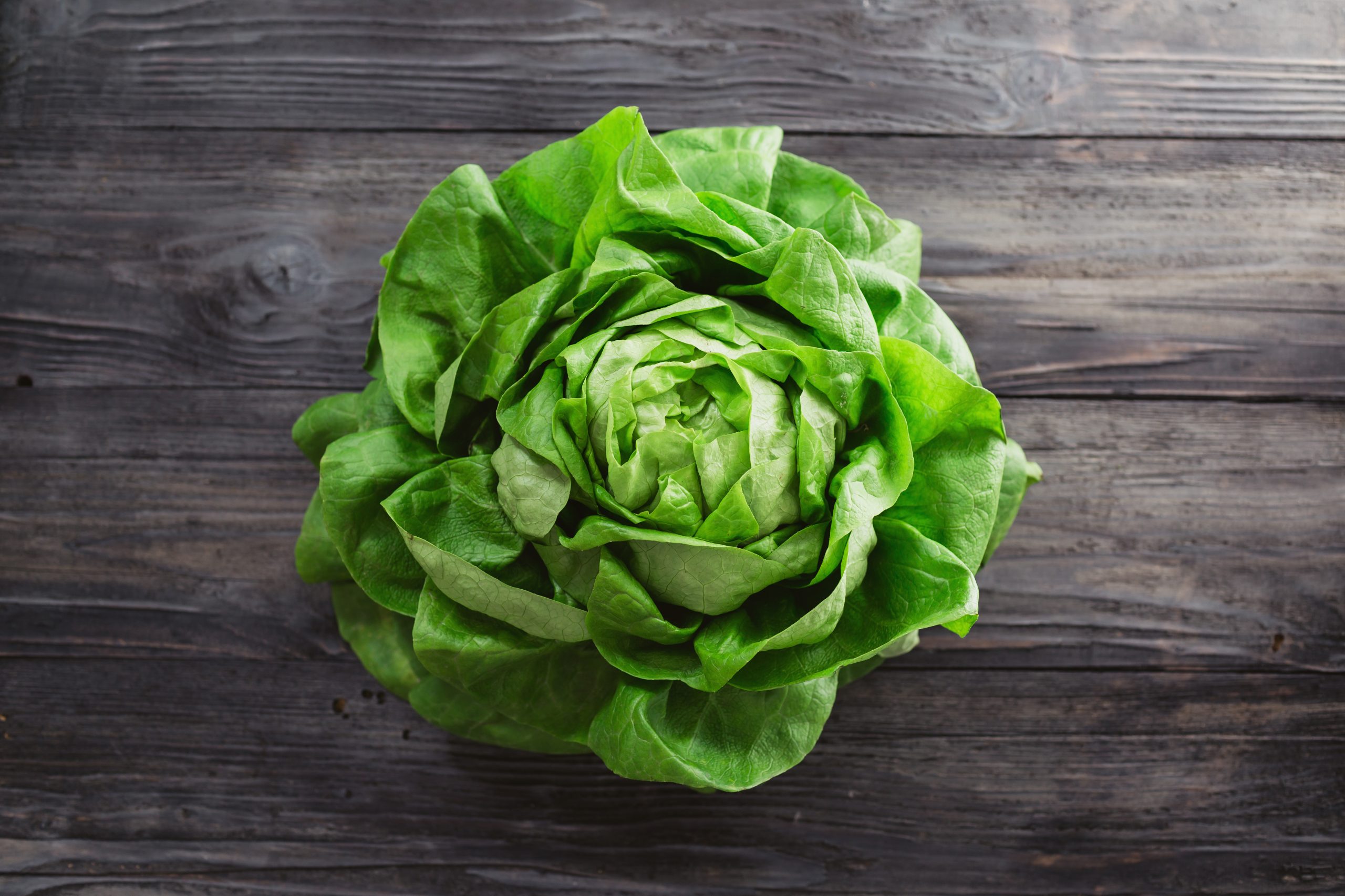Controlling multiple heading and transplant shock in lettuce
Project VG12017 was completed in 2016 by Applied Horticultural Research (AHR).
Introduction
Multiple heading, or “blindness”, is a physiological disorder which can affect up to 20 per cent of lettuce crops in Australia. Highly prevalent in New South Wales and Queensland during the summer months, blindness occurs when the main apical shoot or growing tip of the lettuce is lost during the seedling’s early growth. Lettuces seldom recover from blindness, developing into a distorted, unmarketable plant.
Another issue facing seedling producers is transplant shock – a check in growth that can occur when seedlings are transplanted from the seedling tray into the field. Stresses due to root damage, changed environment or water stress can all contribute to transplant shock, resulting in poor plant stands and a lower percentage cut of good-quality lettuce.
About the project
Project VG12017 examined blindness and the resulting problem of multiple heading, as well as transplant shock and its effect on harvestable lettuce yield. It was developed in consultation with industry, particularly seedling producers in New South Wales and Queensland. Adam Goldwater, of AHR, said the project tried to determine whether the incidence of blindness was correlated with factors such as temperature, humidity, water stress and crop nutrition.
“The disorder is likely the result of a number of different stresses on the plant during a critical phase of early growth, especially during the warmer months,” he said.
To create a clearer picture of how blindness develops, the project tried to identify factors that could either induce or prevent blindness in susceptible lettuce varieties. Separate trials were conducted in the field to evaluate methods for reducing transplant shock in lettuce seedlings.
Major findings
Growers were surveyed on factors they considered likely to increase blindness, and mitigation strategies.
“The incidence of blindness was monitored in seedling nurseries in New South Wales and Queensland between November and March 2013-14 and outbreaks were found to be correlated with high temperatures and humidity,” Mr Goldwater said.
“Despite some certainty that high temperatures and humidity were key factors, the trials demonstrated that the incidence of blindness was extremely variable.
“The incidence increased after some hot spells, but not after others, so factors other than just high temperature and humidity must be involved.”
A series of glasshouse trials were then conducted to examine some of the suggested stress factors contributing to blindness.
“Attempts to induce blindness by irrigating with saline water, chlorinated water, as well as spraying with an insecticide known to cause burning, all induced blindness under hot, humid conditions,” Mr Goldwater said.
Interestingly, four different forms of blindness were identified which can all look superficially similar, but the causes are different. The following can reduce the risk of blindness in lettuce:
- Germinate lettuce seed at less than 20 degrees Celsius. Avoid growing seedlings over 35 degrees Celsius, and if unavoidable, use misting to reduce leaf temperature.
- Use good-quality irrigation water with an EC below 900 μs/cm (including nutrients) and avoid excessive chlorine. Grow non-susceptible lettuce varieties.
- Avoid burning seedlings. Do not spray when plants are stressed under extremely hot conditions. Promote fast drying of spray residues.
- Apply a foliar spray of chelated calcium twice-weekly during early development.
Implications for the vegetable industry
Two field trials tested the effect of pre-transplant potassium nitrate drenches (80 grams per 1,000 seedlings in five litres of water) on the growth and final yield of iceberg and cos lettuces. Drenching with potassium nitrate increased leaf growth, particularly early in growth. The increase in early growth resulted in larger lettuces at harvest in the first trial, although in a second trial, the effect was reduced at harvest maturity.
Overall, the team concluded that drenching lettuce seedlings with potassium nitrate was “good insurance” to reduce transplant shock in lettuce.
Conclusions
There are a number of things seedling producers can do to reduce risk of blindness in lettuce. Germinating seed at lower temperatures (below 20 degrees Celsius), avoid growing seedlings at temperatures above 35 degrees Celsius and use misting to reduce leaf temperature in hot conditions.
Use good-quality, non-saline irrigation water, grow varieties less susceptible to blindness and don’t spray when plants are stressed to avoid burning seedlings.
When it comes to reducing transplant shock of lettuce seedlings, Mr Goldwater suggests drenching with potassium nitrate, which can also increase early growth.
Fact sheets about Reducing transplant shock in lettuce and Management of blindness in lettuce seedlings can be downloaded from the Soil Wealth website.
The bottom line
Blindness and transplant shock are two important issues affecting lettuce growers.
Key practices for reducing blindness in lettuce are to mist seedlings at temperatures over 35 degrees Celsius, use good-quality irrigation water without excessive chorine, don’t spray when plants are stressed and apply foliar calcium twice-weekly.
Applying nitrogen and potassium to seedlings as a potassium nitrate drench just before transplanting can help plants overcome transplant shock.
Further information
The final report for this project is available on the InfoVeg database.
Controlling multiple heading and transplant shock in lettuce was a strategic levy investment under the Hort Innovation Vegetable Fund. VG12017 was funded by Hort Innovation using the vegetable research and development levy and contributions from the Australian Government.
This article first appeared in Vegenotes 56. You can download the publication here.

